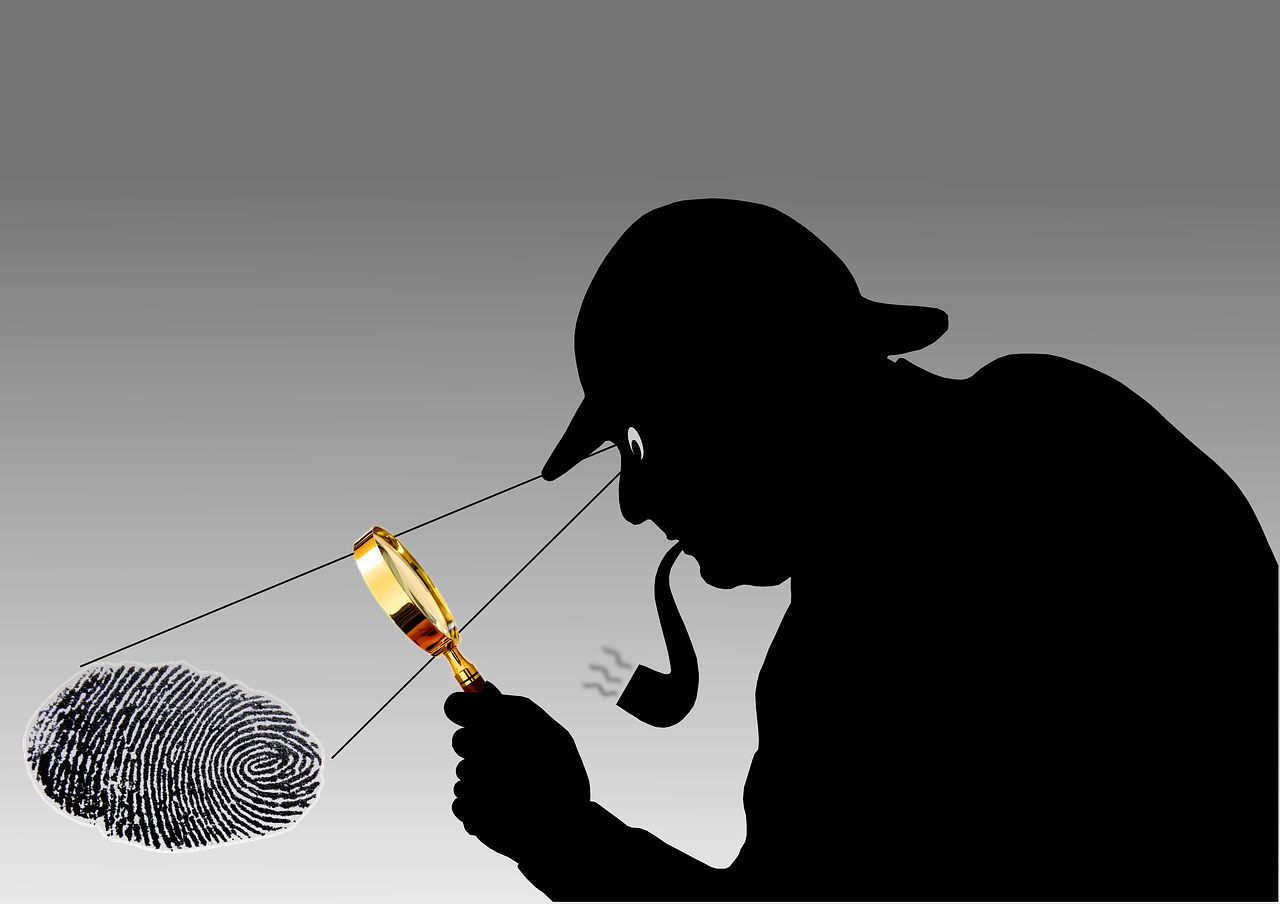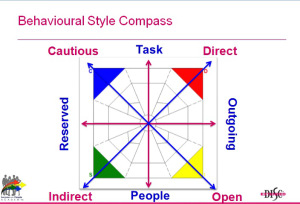
Why I Need Concrete Evidence
A common challenge we encounter as we coach our DISCerning Communication principles is the tension among individuals desiring swift, decisive action and those who prefer a heavily evidence-based approach.
In the language of DISCerning Communication, it is the disjoint between those who favour the Dominance tool-kit as their favoured strategy and those who choose Conscientiousness (embracing Compliance) as their preferred approach.
A quick reminder of the DISCerning Communication framework:
Red: Preferred Tool-kit Dominance >>> Direct, Driven, Decisive [D-Style]
Yellow: Preferred Tool-kit Inducement >>> Innovative, Involved, Inter-connected [I-Style]
Green: Preferred Tool-kit Steadiness >>> Supportive, Stable, Steadfast [S-Style]
Blue: Preferred Tool-kit Conscientiousness >>> Compliance-wanting, Cautious, Curious [C-Style]

This image is the property of Extended DISC International and presented with their permission
Case Study
The differences in approach and orientation is most frequently and dramatically on display when a change initiative is being undertaken. One example is the introduction of a new product or service.
D-Style individuals will be focused on being swift to market potentially reaping first mover or early-entry advantages. Early boost to income streams will also be top on mind.
C-Style individuals will want to undertake a risk analysis. What are the pros and cons? What risks are involved? How can those risks be mitigated?
Effective risk assessment requires data. Data collection might involve research. The data needs to be thoughtfully collated and analysed.
That process often takes more time than D-Style colleagues will accept and the tension arises.
The C-Style individual is adamant that the organizations worse nightmare would be to launch the wrong product or service at the wrong time with wrong pricing to the wrong target market.
Early mover advantage could easily turn out to be Ford Edsel-style costly and damaging failure.
Then the taunting starts.
C-Style: You people like to fly by the seat of your pants and I am not interested in going on that ill-fated trip this time.
D-Style: Sure. We will all just sit here in paralysis while you undertake this never ending analysis.
Way Forward
OK kids stop the bantering. Let us see how we can forge a way forward that works in the best interest of the organization not only for your perspective.
Step 1: Pay attention to the prevailing circumstances
Avoid one-size fits all thinking. Different situation may require adjustments to our philosophy and focus.
It would be helpful to examine past, current and potential scenarios and to establish a framework for determining the ideal mix of speed versus evidence-gathering under different circumstances. That kind of practical, hands-on discourse should help both sides to better appreciate the value of different approaches.
Step 2: Establish the risk profile of the organization
The leadership team should develop guidelines and provide clarity as to the level of risk that the organization is willing to take under a variety of scenarios.
This should include frameworks for risk-rewards analysis.
Step 3: Put in place resolution mechanisms
With the best will in the world, there are times when the tension between the C-Style and the D-Style can be detrimental to the organization.
The Finance Department might simply refuse to provide the funding. The lab might deliberately drag their feet on expediting the prototype until experiments that are running are completed.
The Business Development Unit might prematurely announce the product or service to the market to force the hands of the other departments.
Organizations that recognize the value and impact of DISCerning Communication would be advised to set up the equivalent of Dispute Resolution Councils to address issues that come to a boil and the parties that are directly involved are unable or unwilling to work towards win-win solutions for the enterprise.
These councils may need to call on the skills of members of the Directorate, individuals from other business units or even outside consultants.
It is foolhardy to underestimate the impact of personal behavioral styles on the effective functioning of the organization. Pay close attention.
Click here to access your personal copy of: How DISCerning Communication Drives Teamwork
Join me as the Training Magazine sponsors a live webinar:Is Your Coaching Truly Effective? Lets Change That. Thu, Jul 06, 2017 at 11 AM Pacific / 2 PM Eastern
Register here:http://www.smmconnect.com/events/1157?gref=SMMCtwitter
Trevor E S Smithdevelops high performing teams and offers SHRM accredited certification and PDCs to leader-coaches.
The Success with People Academy endorses the revolutionary FinxS Platform from Extended DISC and supports its products and services with their solutions.
Improve your recruitment processes with Hiring Smart Candidate Screening Instruments, Conduct Employee Satisfaction Surveys, 360 Performance Evaluations and Team Reports online.
Contact:E-mail: info@swpacademy.com